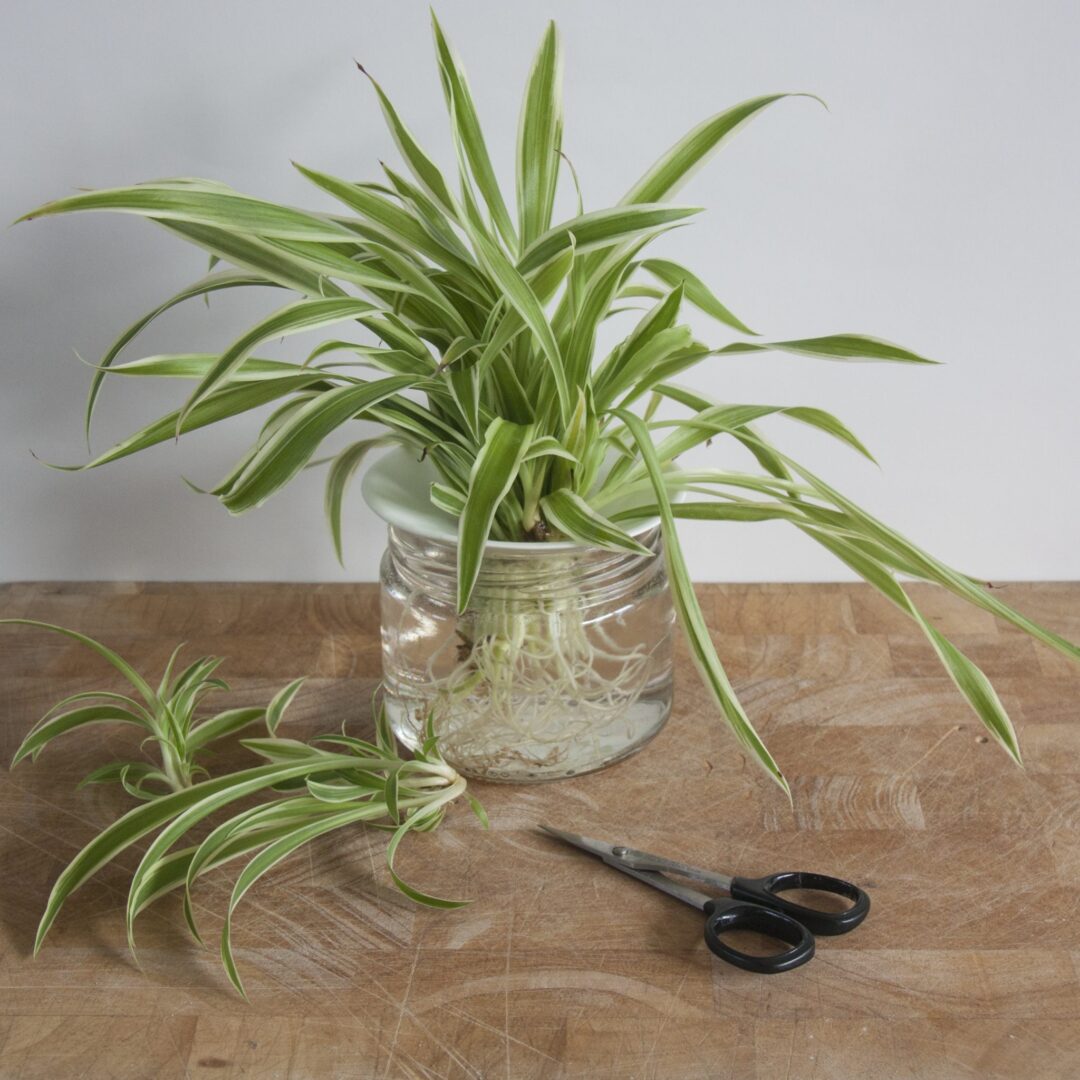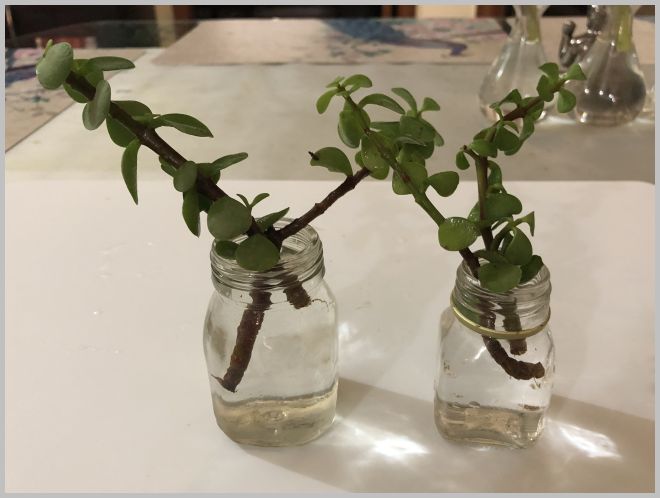


Fast-rooting plants (coleus, begonias, etc.) do all right in water, but other cuttings seem to start well, then go downhill.
#Plant clippings in water plus#
Plus harmful bacteria start to form on stems sitting in water, coating the stem and new roots in a gooey sludge, while rot-causing fungi, which do best in an oxygen-depleted environment, tend to move in and work their way into the stem. Also, most stem cuttings give off their own rooting hormone… that is diluted and therefore less effective when they sit in water. And as water sits on a windowsill, it becomes more and more stagnant (oxygen-depleted). Yes, they need moisture to root, but they also need oxygen. You see, cuttings grown in water get too much of a good thing: H20. But it’s still not the best way to root cuttings. Ready to go even deeper with propagation? We LOVE the book Root, Nurture, Grow- it's a great resource for all types of propagation methods and in our opinion, the best book available for anyone interested in learning more about propagation.The roots of these coleus cuttings are far too long: pot them up without delay.įor generations, gardeners have been rooting cuttings in a glass of water placed on the windowsill. You'll be rewarded with both new growth of your older plants, and new plants to pot back into thinning plants, share with friends, or just expand your plant family with. Propagation is not only a great way to grow or share your plant collection, it also gives an opportunity for much needed pruning of your older plants. Place your newly potted plant in a spot where it will get light, humidity, etc appropriate for the particular type of plant. You can use those cuttings to begin the process again. If your cutting has grown a lot while rooting, you may want to prune again to encourage the plant to branch out. Lightly press the soil down to ensure the roots are fully surrounded by soil. Fill in the space around the roots with more moistened soil. Add enough moistened potting soil to pot to raise the root ball to about 1 inch below the top of the pot. Add water to some potting soil (or growing medium of your choice) until the soil feels moist, but not soggy. The pot should be just slightly bigger than the space the roots take up. Start with an appropriately sized pot- giving a newly rooted plant too much soil (and therefore too much water to use) will lead to root rot and/or a stressed plant. Over time the roots of your cuttings will start to look much more robust, once you have good, hearty roots about 2 inches in length (often after 1-4 months, depending on the plant), you're ready to pot your cutting! In warm months, you'll also need to top off the water often since evaporation will affect the water level more. Changing the water about once a week is usually best. Keep the water in your propagation vessels clean. Leaves will decompose in the water and affect the health of the cutting.

Remove any leaves that will be below the water level once the vessel is filled. If you're using clear glass, you'll just need to change the water more frequently. Amber (or other dark glass) is helpful since the water will stay algae-free longer with protection from light. Once you have your cuttings ready to propagate in water, you'll need to give them a little care to keep them happy and healthy. This is not necessary for cuttings that need to callus over, like succulents, cacti, sansevierias, etc. After making your cut, place cuttings in water immediately, or wrap in a wet paper towel and place in a plastic bag/container.
#Plant clippings in water how to#
Do a quick Google search to find the best method, or get in touch with us if you're not sure how to propagate your plant. Other plants can be propagated from one leaf, sections of leaves, or by simply dividing new plantlets off of the mother plant, depending on the plant. Leaf nodes are the little dark bumps that stick out along the stem. When taking cuttings of most leafy plants, cut low enough on the stem to leave 3-4 leaf nodes or sets of leaves, intact. Use a clean, sharp knife or shears, taking care not to crush the stem as you cut. Whether you've attended a plant swap and you're not sure what's next, or you're just not sure what to do with that cutting your friend gave you, we've got a few tips to ensure propagation success.


 0 kommentar(er)
0 kommentar(er)
